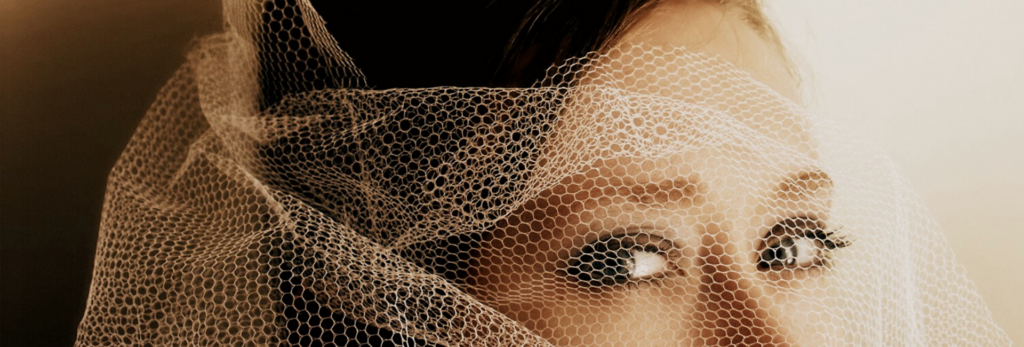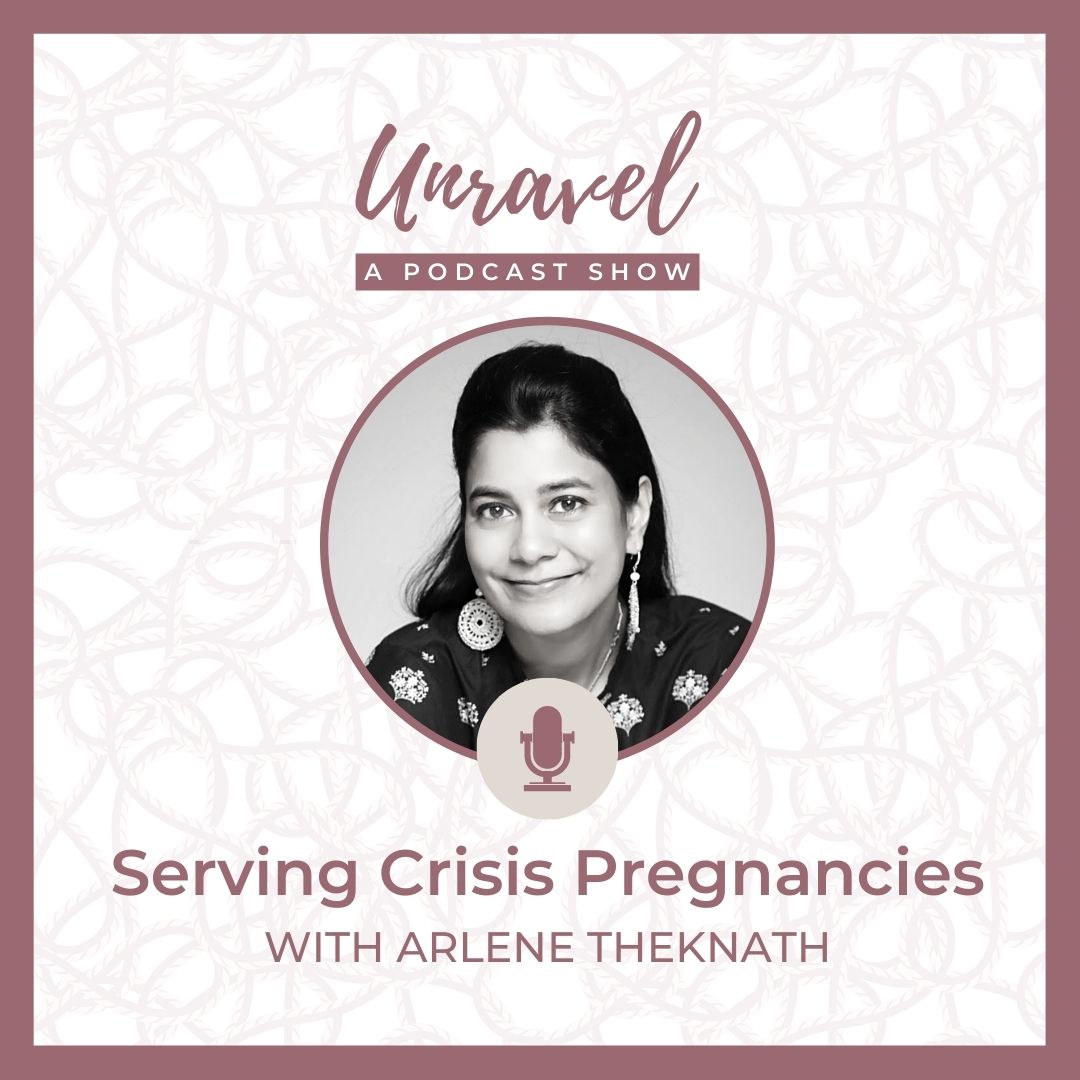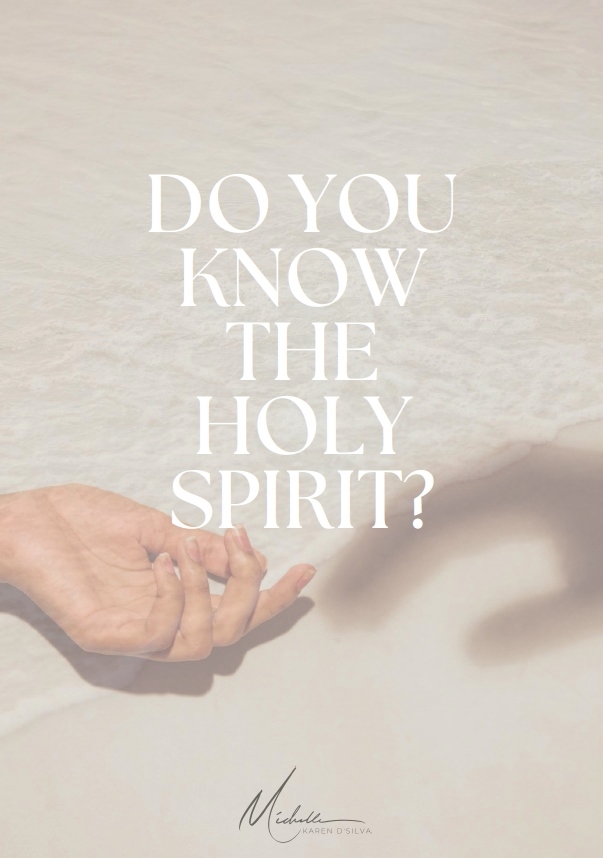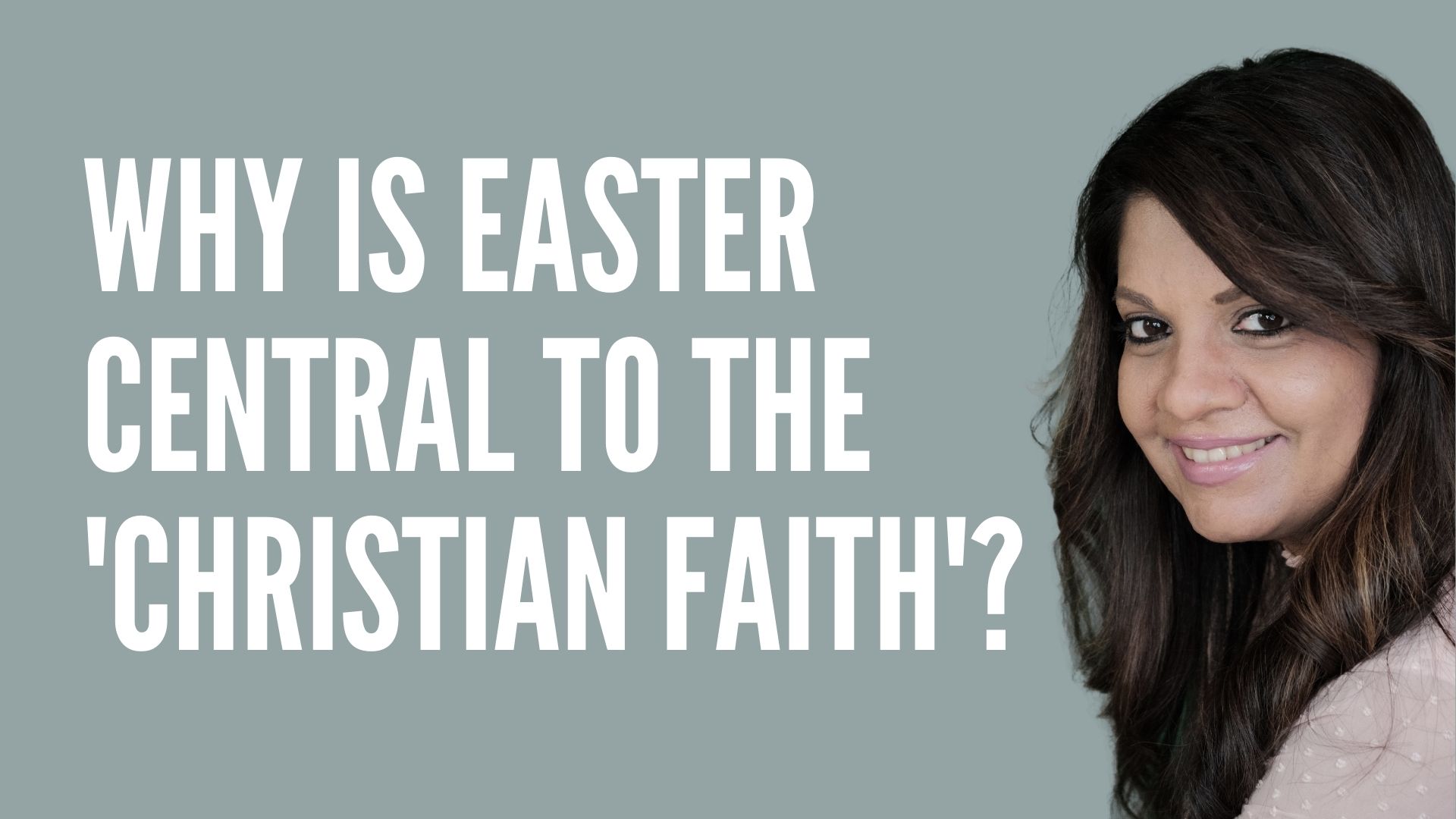MASKS AND VEILS
It was Christmas time, and the Sister in charge of the kindergarten surprised me with an offer to participate in their party……as Santa Claus! “No missing this opportunity“, I said to myself. “Yes, of course, I’ll be there,” I responded with excitement, “Thank you so much for the offer!”
And so came the appointed day. I got dressed in customary red and white Santa Claus attire, pillows well tucked in around the tummy to give the portly look. And the mask! Oh the mask! So masculine with its flowing snowy beard and benign cheery look. With my bag of chocolates on my shoulder and wand in hand, I sat ready to make my appearance into the adjoining party-hall. The music played and the children danced and shouted and then it happened – the announcement that a special visitor had arrived. A hush of great expectancy fell upon the room. I entered the hall, and there was a shout of applause and cries of delight: “Welcome Santa! Santa!” I did the usual jig, went around giving gifts and chocolates, and then finally settled and sat among them. A little girl following me around all the while came and sat beside me, looking at me in fascination. Then suddenly she peeped under my mask and shouted, “You’re a girl-Santa!” With that, the party was over for me!
The Masks We Wear
As children, we delighted in wearing masks at parties, playing dress up at fancy-dress competitions and masquerading at fun-fairs and carnivals. Sometimes we did that to scare our grandparents. It was so exciting pretending to be what we were not, keeping our family and friends guessing about our identity and ensuring the best possible pranks went down in history completely scot-free, completely harmless fun.
Over the years, I realized that people wore masks for reasons unrelated to innocent fun and playful interaction. Masks were worn for safety in hazardous jobs such as firefighting; for sanitary purposes as in the case of cleaners; to guard against bacteria and viruses as in the case of doctors and nurses; and generally as dust-guards specially while traveling in heavy traffic. The word ‘masks’ today has gained greater meaning with the Pandemic, a necessity on which life depends on.
Yet, masks are so much more than just physical attire and the masks we wear often runs deeper than just caring for our bodies. Think about when we hide our feelings? As women we are used to suppressing our emotions and putting on a strong front. Other times, we play happy to look cheerful for the sake of our children, while we silently endure harrowing times in personal relationships, work places or finances. If you’re a woman in ministry then you know the weight of ‘continuing’ the work of the kingdom amidst betrayal, persecution, fear frustration and fatigue. You show up fresh and lovely for the sake of your people, when your insides are in fact breaking under the weight of the mask or veil.
Though the masks undoubtedly put barriers before the realities we face, they bring a sense of comfort, even if false. They remain like a crutch, a getaway, an escape from our pain and suffering.
Unveiled before God
Then there are veils. For some reason, I always thought veils were ‘for women only’. In Indian culture, and especially in remote tribal places, veils are predominantly meant to proclaim innocence and virginity as in the case of young ladies and brides, but also to protect their loveliness from prying male eyes after marriage. In other words, it was meant to say, “Keep your distance please!”
Interestingly, in the Bible we read of a man who took to wearing a veil to cover his face, for just the opposite reason. He didn’t want people to distance themselves from him; he wanted them to approach him, come close enough to listen to what he had to share with them.
Yes! We read in the Book of Exodus chapter 34, that when Moses went into the Tent of Meeting and met God face to face, he would emerge so radiant that the Israelites had to look away, so as to not be consumed by God’s glory. They would immediately distance themselves from him. Moses then had to wear a veil, each time he came out of the Tent of Meeting so that the Israelites could approach him and so that he could communicate to them what the Lord had spoken to him. The veil served its purpose only for the sake of people, not God. In God’s presence, Moses came unveiled and experienced God as “I AM”. But far more glorious would be the moment where Moses would stand face to face before the glorified Redeemer as depicted in the Transfiguration. He would catch a sight of Jesus, that would far outweigh all his understanding of masks and veils. He would remind us today, as he did the disciples dumbstruck with awe, of the safest place there is – God’s Presence, in whose presence there is no fear.
Is it any wonder then, that Jesus throughout the Gospel narratives, encouraged and invited people to throw off their masks and veils and ‘come to Him’? To the religious leaders of the day, he admonished their hypocrisy, reminding them of what the kingdom of heaven really entailed – humility, vulnerability and truth. With His attitude of openness and forgiveness, social outcasts and sinners of His time threw off masks and veils to find themselves home. Think about the woman at the well who cast off her mask of shame, some threw off their cloaks of self-pity like Bartimaeus, some came down from their hiding places like Zacchaeus, some pressed on through large crowds to show up and stand right in front of Him like the bleeding woman. These men and women demonstrated how one encounters God – in true vulnerability and without masks. These men and women manifested to the world how much God cares and loves each one of His children and desires our total and complete freedom.
Sister, what is your story? Where are you hiding? What are you hiding about? Are you worn down by suffering, or your past? Are you clinging to old masks and veils that offer temporary respite?
May I kindly point you today once again to the One who for our freedom was stripped, de-robbed and rendered exposed and vulnerable hanging for the world to see? In His death, the great veil in the sanctuary was torn from top to bottom.
God was not afraid of being exposed so that you and I could live free.
Indeed, it is what He desires – that He, His love be made manifest! That love which offers us total peace.
I agree that the struggle for configuration to Christ is a formidable struggle. And women can get so caught up in cosmetic exterior endeavors. But the journey to freedom is the journey within – that place within us where we are seen and known for who we are, where we are loved and willed into existence for a purpose, where we can live unmasked.
In the words of St. Paul “I live no longer I, but Christ lives in me!” – Only then is the “party” truly complete, only then am I truly complete.
ABOUT THE AUTHOR
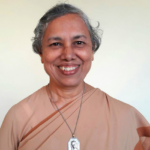
Sister Berlinda D’Cruz is a Canossian nun based in Mumbai, India. Having spent over two decades in formation and administration across Africa and India, she is passionate about helping people through education and mentoring, to wade out of oppressive systems in their lives. Sister Berlinda confesses her ordinariness albeit she encases an extraordinary secret: of course I’m in a muddle, but God still finds me delightful!

